The Renewable Power Generation Market is currently characterized by a dynamic competitive landscape, driven by a confluence of technological advancements, regulatory support, and increasing demand for sustainable energy solutions. Major players such as NextEra Energy (US), Iberdrola (ES), and Orsted (DK) are strategically positioned to leverage these growth drivers. NextEra Energy (US) focuses on expanding its renewable energy portfolio through aggressive investments in solar and wind projects, while Iberdrola (ES) emphasizes international expansion and innovation in energy storage solutions. Orsted (DK), on the other hand, is committed to offshore wind development, which appears to be a critical area of growth in the sector. Collectively, these strategies not only enhance their competitive positioning but also contribute to a more sustainable energy future.
In terms of business tactics, companies are increasingly localizing manufacturing and optimizing supply chains to enhance operational efficiency. The market structure is moderately fragmented, with a mix of large multinational corporations and smaller, specialized firms. This fragmentation allows for diverse approaches to renewable energy generation, although the influence of key players remains substantial. The collective actions of these companies shape market dynamics, as they compete not only on price but also on technological innovation and sustainability initiatives.
In August 2025, NextEra Energy (US) announced a significant partnership with a leading battery storage technology firm to enhance its renewable energy storage capabilities. This strategic move is likely to bolster its position in the market by addressing the intermittency issues associated with renewable energy sources, thereby improving grid reliability and energy security. Such advancements may also facilitate the integration of more renewable energy into the grid, aligning with broader sustainability goals.
In September 2025, Iberdrola (ES) unveiled plans to invest €3 billion in renewable energy projects across Latin America, focusing on solar and wind energy. This investment underscores Iberdrola's commitment to expanding its footprint in emerging markets, which could yield substantial returns as these regions transition towards cleaner energy sources. The strategic focus on Latin America may also provide Iberdrola with a competitive edge in a rapidly evolving global energy landscape.
In October 2025, Orsted (DK) launched a new offshore wind farm off the coast of the United States, marking a significant milestone in its expansion strategy. This project not only reinforces Orsted's leadership in offshore wind but also aligns with the growing demand for renewable energy in the U.S. market. The successful execution of such projects is likely to enhance Orsted's reputation and attract further investment in its renewable initiatives.
As of October 2025, the competitive trends in the Renewable Power Generation Market are increasingly defined by digitalization, sustainability, and the integration of artificial intelligence. Strategic alliances among key players are shaping the landscape, fostering innovation and collaboration. Looking ahead, it appears that competitive differentiation will evolve from traditional price-based competition to a focus on technological innovation, supply chain reliability, and sustainable practices. This shift may ultimately redefine how companies compete in the renewable energy sector, emphasizing the importance of adaptability and forward-thinking strategies.



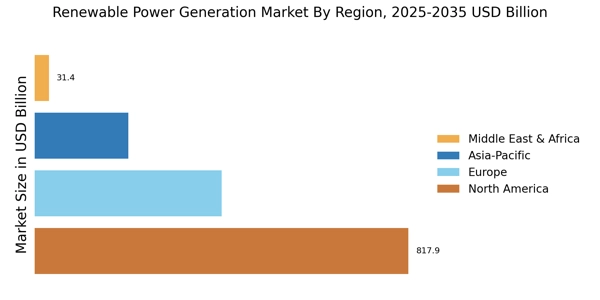
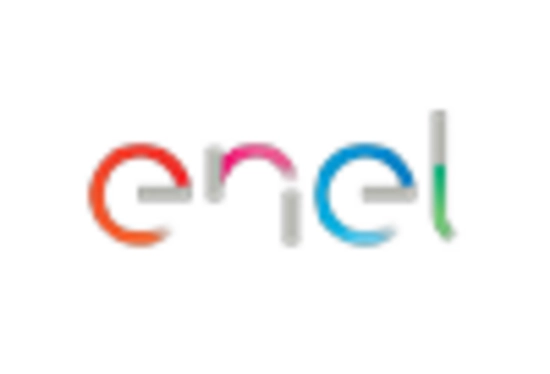
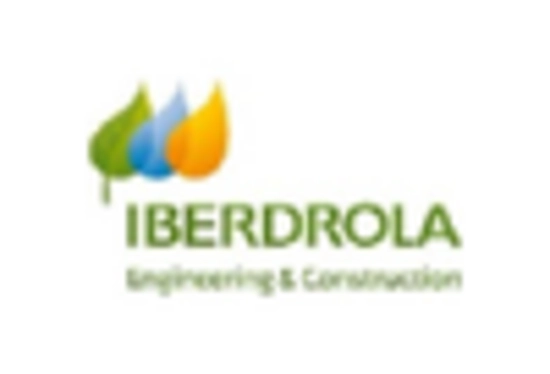

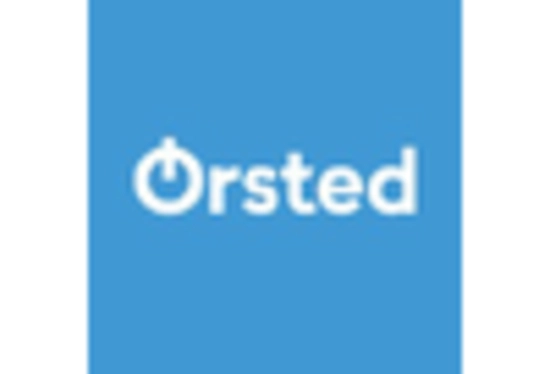
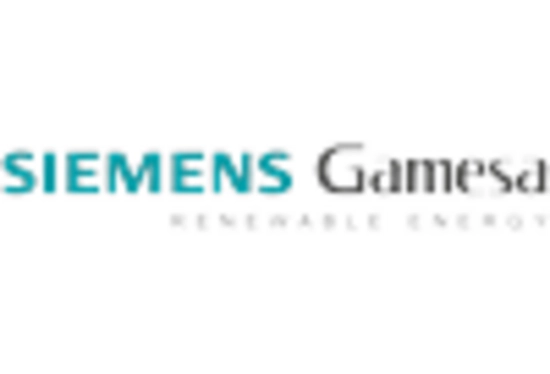
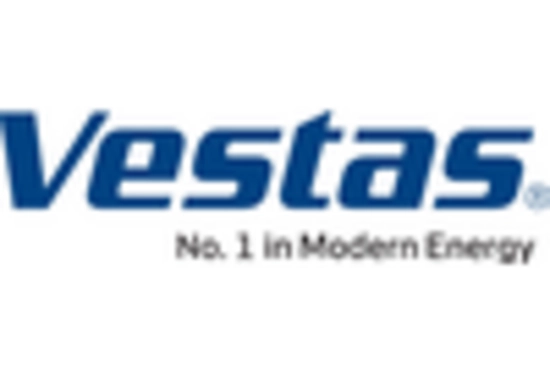








Leave a Comment